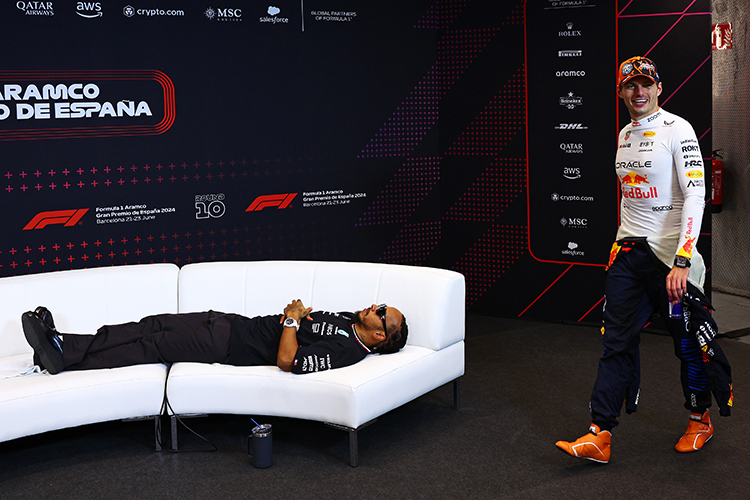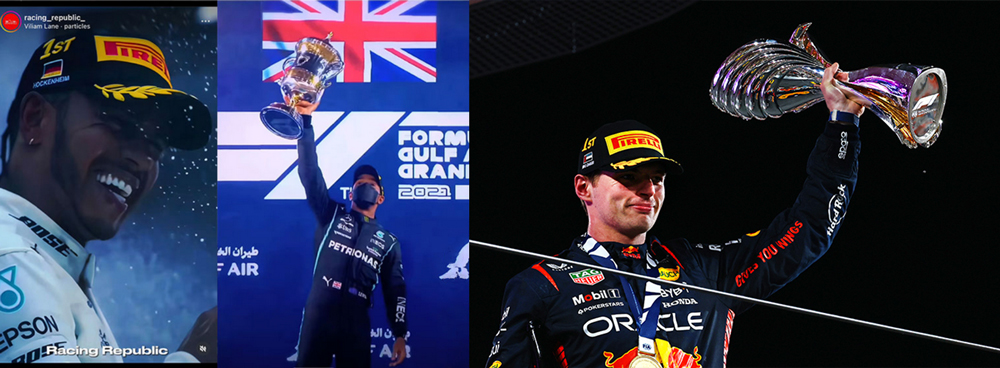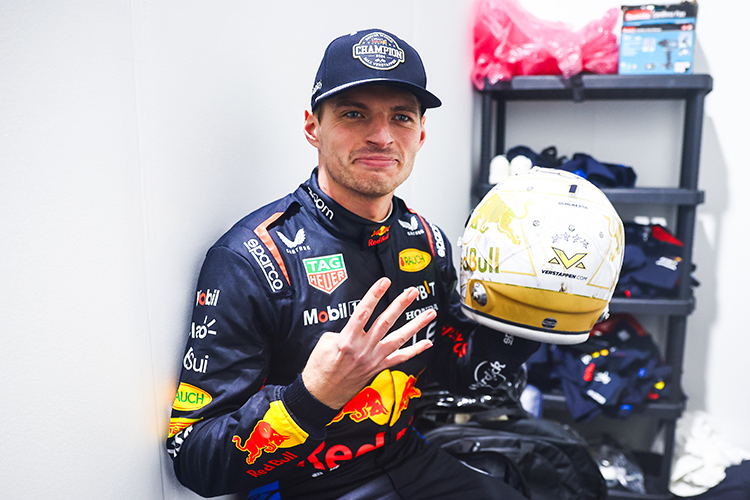How F1 Sets the Starting Grid: Qualifying, Sprints, and Penalties
How the F1 Starting Grid Works: Qualifying, Sprints, and Penalties Explained
If you love Formula 1, you’ve probably stared at a starting grid and wondered: how did they end up in that exact order? Between knockout qualifying, Sprint weekends, deleted laps, and a blizzard of penalties, the route to P1–P20 can be as twisty as Monaco.
Here’s your clear, entertaining, and complete guide to how the F1 grid is set, as of the current regulations.
The short version (TL;DR)
- Standard weekend: Saturday qualifying sets the Sunday Grand Prix grid.
- Sprint weekend: Friday sets the Sprint grid; Saturday qualifying sets the Grand Prix grid.
- Q1/Q2/Q3 knockout format decides raw order, then the FIA applies penalties and pit-lane starts to reshuffle it.
- The 107% rule can exclude very slow cars (with exceptions).
- Identical lap times? The driver who set it first starts ahead.
Two weekend formats: what sets what
Standard Grand Prix weekend
- Friday: Practice.
- Saturday: FP3, then Qualifying (Q1–Q2–Q3) sets the Grand Prix starting grid.
- Sunday: Race.
Sprint weekend (current format)
- Friday: FP1, then Sprint Qualifying sets the Sprint grid.
- Saturday: Sprint race (for points), then full Qualifying sets the Grand Prix grid.
- Sunday: Race.
- Key point: The Sprint does NOT set the Grand Prix grid. Sprint and Grand Prix have separate qualifying sessions and their own parc fermé windows.
Qualifying, decoded: Q1, Q2, Q3
The session is split into three segments:
- Q1 (18 minutes): All 20 cars. Bottom five are eliminated (P16–P20 set here).
- Q2 (15 minutes): 15 cars. Bottom five eliminated (P11–P15 set here).
- Q3 (12 minutes): Top 10 shootout for pole (P1–P10).
Laps and runs
- Drivers can do multiple runs per segment. An out-lap to warm up, a flying lap for time, and sometimes a cool-down lap before going again.
- Best single lap time in that segment is what counts.
Tyres
- Teams normally choose any dry compound available for qualifying (unless specific event rules say otherwise, e.g., rare allocation experiments).
- If it’s wet, intermediate or full wet tyres are used and some rules (like 107%) may be relaxed by the stewards.
Track limits and deleted laps
- Leave the track (all four wheels beyond the white line) and that lap can be deleted.
- Deletions can cascade: a deleted “banker” may leave a driver stranded when the clock runs out.
Yellow and red flags
- Yellow flags = lift off and no improving under caution; failing to slow can mean lap deletions or grid penalties.
- Red flag stops the session; times already set stand. The clock resumes or the segment ends depending on time remaining.
Ties on lap time
Exact same time? The driver who set it first starts ahead.
The 107% rule
- In Q1, any driver whose best time exceeds 107% of the fastest Q1 lap may be barred from starting.
- Stewards can allow exceptions (e.g., changeable weather or competitive practice times). If allowed, they typically start at the back.
Sprint weekends: two grids, two stories
- Sprint Qualifying (sometimes called “SQ”) sets the Sprint grid only.
- Sprint race awards points to top finishers but does not determine the Grand Prix grid.
- Full Qualifying after the Sprint sets the Grand Prix grid.
- Parc fermé note: On Sprint weekends, there are effectively two parc fermé periods so teams can legally adjust setups between Sprint and Grand Prix qualifying (within the current rules).
Penalties: the grid shuffler
After qualifying produces a provisional order, the FIA applies penalties and changes to lock in the starting grid. Here’s what can move a driver:
1. Driving-related grid drops
- Impeding rivals, speeding under yellows, unsafe driving, or ignoring minimum delta times can earn 3–10 place drops.
- Applied to the qualifying order in a strict sequence defined by the regulations.
2. Power unit (PU) component penalties
- Each driver has a limited number of engines and hybrid components for the season.
- Using extra components triggers place drops. Commonly:
- First excess use of a given component: 10 places.
- Further excess uses of that component: 5 places.
- If a driver racks up more than 15 places of PU penalties, they are sent to the back of the grid (“back of grid” classification), ahead only of any pit-lane starters.
3. Gearbox penalties
Unsanctioned gearbox changes or exceeding allocated units yield grid drops (often 5 or 10 places), similar in application to PU penalties.
4. Technical non-compliance
If the car is illegal (ride height, fuel, wings, etc.), the driver may be disqualified from qualifying and start from the back or the pit lane.
5. Pit-lane start
- If a team breaks parc fermé conditions or changes major specs after qualifying, the car must start from the pit lane.
- Pit-lane starters queue at the end of the pit lane in the order they arrive when it opens for the formation lap.
How the FIA applies multiple penalties
- First, remove any pit-lane starters from the grid entirely (they’ll start from the pit).
- Apply place-drop penalties to the remaining drivers in a defined order (driving penalties, then PU/gearbox penalties).
- Drivers with “back of grid” penalties go behind all place-drop drivers (but ahead of pit-lane starters).
- Ties (e.g., two drivers both “back of grid”): ordered by their original qualifying times.
- The official starting grid is published after all investigations and scrutineering are complete. It can update late on Saturday—or even Sunday morning.
Special situations and edge cases
No time set
If a driver sets no time in a segment, their position is determined by earlier sessions (Q2 time if in Q3; Q1 time if out; or stewards’ discretion if no time at all).
Qualifying postponed or cancelled
If weather or incidents prevent qualifying, it can be run on Sunday morning. If it can’t be run at all, the grid may be formed from earlier timed sessions per the regulations and stewards’ decisions.
Formation lap drama
- If a car stalls on the grid or has an issue on the formation lap, it may be pushed into the pit lane to start from there.
- Depending on timing, the start procedure can add an extra formation lap; the vacant grid slot is left empty.
Parc fermé explained
- Once parc fermé begins, setup changes are heavily restricted. Breaking those rules = pit-lane start.
- On Sprint weekends, parc fermé is applied around the Sprint and then resets for Grand Prix qualifying, letting teams tweak setups legally between the two.
Track limits consistency
Laps can be deleted in any session if limits are breached, and those deletions can swing who advances between Q1/Q2/Q3.
Putting it all together: a clean example
- Driver A takes pole in Q3. Driver B is second.
- Driver B impedes someone in Q1 and gets a 3-place grid drop.
- Driver C qualified P6 but takes new engine components worth 15+ places in penalties ⇒ back of grid.
- Driver D qualified P10 but the team changes front suspension under parc fermé ⇒ pit-lane start.
Final order among A/B/C/D:
- A still starts P1 (no penalty).
- B drops from P2 to P5.
- C moves to the back of the grid (but ahead of pit-lane starters).
- D starts from the pit lane, behind the grid.
FAQ quick hits
- Does the Sprint result set Sunday’s grid? No.
- Can identical lap times happen? Yes—earlier time wins.
- Can stewards let a driver race if outside 107%? Yes, at their discretion.
- Do penalties stack? Yes. If they exceed 15 places for PU components, it becomes “back of grid.”
- Can the grid change on race morning? Yes—after late penalties, repairs, or scrutineering outcomes.
Final lap
The F1 grid is the product of speed, precision, and clean execution—plus a rulebook that keeps everyone honest. Win qualifying, dodge the penalties, and you’re on the clean side of the grid. Slip up, and you’ll be weaving through traffic on Sunday wondering how it all got so complicated.
That’s how the F1 starting grid is determined—qualifying glory, Sprint spice, and the ever-present stewards’ clipboard.
Up Next



